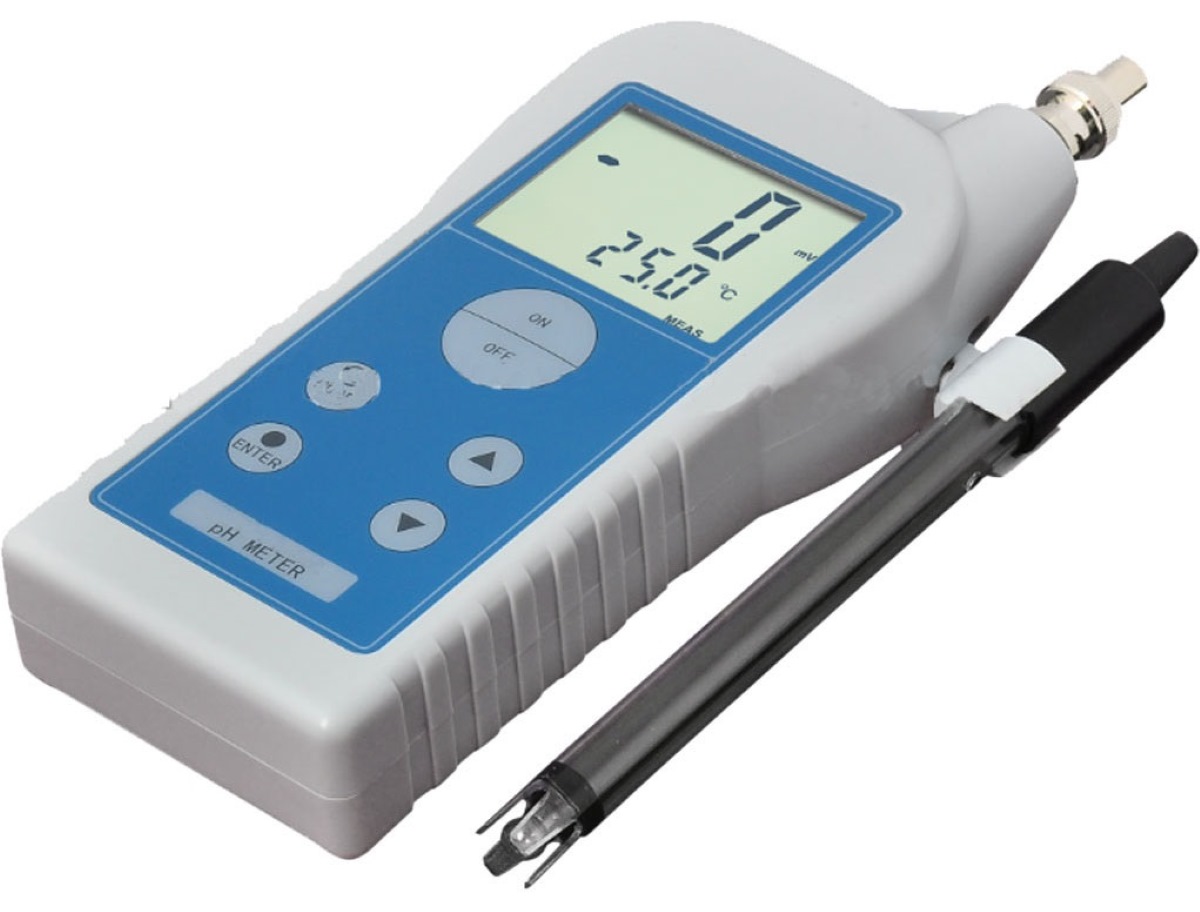

Articles
How To Store Ph Meter
Modified: December 7, 2023
Learn the best methods for storing your pH meter to ensure longevity and accurate measurements. Explore our informative articles for expert tips and guidance.
(Many of the links in this article redirect to a specific reviewed product. Your purchase of these products through affiliate links helps to generate commission for Storables.com, at no extra cost. Learn more)
Introduction
A pH meter is a valuable tool used in various industries, including science laboratories, manufacturing facilities, and agriculture. It measures the acidity or alkalinity of a liquid to provide accurate and reliable data. To ensure the longevity and accuracy of a pH meter, proper storage is essential.
Proper storage not only protects the delicate components of the pH meter but also prevents contamination that could affect its readings. Whether you are storing the pH meter for a short period or long-term, following the correct procedures will help maintain its performance and extend its lifespan.
Key Takeaways:
- Proper storage of pH meters is crucial for maintaining accuracy, preventing contamination, preserving calibration, and avoiding physical damage. Follow the correct procedures to ensure longevity and reliable performance.
- Before storing a pH meter, consider factors such as cleanliness, pH buffer solution, temperature, moisture, and protection from physical damage. Following these steps will maintain accuracy and lifespan.
Read more: How To Store A Ph Meter
Why is Proper Storage Important for pH Meters?
Proper storage of pH meters is crucial for maintaining their accuracy and prolonging their lifespan. Here are a few reasons why it is essential:
- Preventing Electrode Deterioration: The electrode is the most critical part of a pH meter, responsible for measuring the pH of a solution. Improper storage can lead to electrode deterioration, affecting its sensitivity and response time. This can result in inaccurate pH measurements and compromised data.
- Avoiding Contamination: pH meters are designed to provide accurate readings, but they are also vulnerable to contamination. Storing a pH meter improperly can expose it to dust, chemicals, moisture, and other substances that can affect its performance. Contamination not only affects the accuracy of the readings but can also damage the sensitive components of the meter.
- Preserving Calibration: pH meters require regular calibration to ensure accurate measurements. Proper storage helps to maintain the calibration of the meter between uses. If a pH meter is not stored correctly, it may lose its calibration, leading to erroneous readings and the need for frequent recalibration.
- Preventing Physical Damage: pH meters are delicate instruments that can be easily damaged if not stored properly. Mishandling or storing them in an inappropriate environment can result in broken or bent electrodes, cracked glass, or damage to the internal circuitry. This can render the pH meter unusable and require expensive repairs or replacement.
Overall, proper storage of pH meters is essential for maintaining accuracy, preventing contamination, preserving calibration, and avoiding physical damage. By following the correct storage procedures, you can ensure that your pH meter delivers accurate results consistently and has a longer lifespan.
Factors to Consider Before Storing a pH Meter
Before storing a pH meter, there are several factors to consider to ensure optimal storage conditions. Here are some important factors to keep in mind:
- Cleanliness: Before storing the pH meter, make sure to clean it thoroughly. Rinse the electrode with distilled water to remove any residue or contaminants. Avoid using tap water, as it may contain minerals or impurities that can interfere with the readings.
- pH Buffer Solution: It is advisable to store the pH meter in a pH buffer solution. A pH buffer solution helps to maintain the electrode’s sensitivity and prevents it from drying out or becoming damaged. Choose a pH buffer solution that matches the pH range of your meter.
- pH Electrode Storage Solution: If you have a separate storage solution for the pH electrode, immerse the electrode in it. This specialized storage solution helps to keep the electrode hydrated and in optimal condition during storage.
- Temperature: pH meters should be stored at a temperature range recommended by the manufacturer. Extreme temperatures can damage the internal components or affect the performance of the meter. Avoid storing the pH meter in direct sunlight, near heat sources, or in freezing temperatures.
- Moisture: Moisture can affect the accuracy of the pH meter and lead to electrode deterioration. Ensure that the storage area is dry and free from excessive humidity. Consider using a desiccant or silica gel packets to absorb any moisture in the storage container.
- Protection from Physical Damage: Store the pH meter in a protective case or container to safeguard it from physical damage. Choose a case that provides cushioning and keeps the meter secure. Avoid placing any heavy objects on top of the storage case to prevent any pressure or impact on the pH meter.
- Storage Duration: The length of the storage period will determine the storage requirements. If you plan to store the pH meter for an extended period, it is advisable to remove the battery to prevent it from leaking and damaging the meter.
By considering these factors and taking the necessary precautions, you can ensure that your pH meter is stored correctly, maintaining its accuracy and lifespan. Always refer to the manufacturer’s guidelines for specific storage recommendations for your particular pH meter model.
Step-by-Step Guide: How to Store a pH Meter
Proper storage of a pH meter is essential to maintain its accuracy and prolong its lifespan. Follow these step-by-step instructions to ensure that your pH meter is stored correctly:
- Clean the pH Meter: Thoroughly clean the pH meter, especially the electrode, using distilled water. Remove any residue or contaminants that may affect the accuracy of the readings. Avoid using tap water, as it may contain minerals or impurities.
- Prepare the pH Buffer Solution: Prepare a pH buffer solution that matches the pH range of your meter. This solution will help maintain the electrode’s sensitivity and prevent it from drying out. Follow the instructions provided with the buffer solution for preparation.
- Immerse the pH Meter: Place the cleaned pH meter, including the electrode, into the pH buffer solution. Ensure that the electrode is fully submerged in the solution. This will protect the electrode and keep it in optimal condition during storage.
- Store in a Suitable Container: Place the pH meter, along with the pH buffer solution, into a suitable storage container or case. The container should provide cushioning and protection from physical damage. Ensure that the container is clean and dry.
- Protect from Extreme Temperatures: Store the pH meter in a location with a temperature range recommended by the manufacturer. Avoid exposing the pH meter to direct sunlight, excessive heat, or freezing temperatures, as these can damage the internal components.
- Avoid Moisture: Ensure that the storage area is dry and free from excessive humidity. Consider using a desiccant or silica gel packets in the storage container to absorb moisture and maintain a dry environment.
- Remove the Battery (if applicable): If you plan to store the pH meter for an extended period, remove the battery. This prevents the battery from leaking and potentially damaging the pH meter. Store the battery separately in a cool and dry place.
- Label and Seal: Label the storage container with the date of storage to help keep track of its age. Ensure that the container is sealed properly to prevent dust, moisture, or any other contaminants from entering.
By following these steps, you can store your pH meter correctly and ensure that it remains in optimal condition until its next use. Always refer to the manufacturer’s instructions for specific storage recommendations for your particular pH meter model.
Always store your pH meter in a clean, dry place. Make sure to remove the electrode from the solution and rinse it with distilled water before storing. Keep the electrode cap filled with storage solution to prevent it from drying out.
Common Mistakes to Avoid during pH Meter Storage
Proper storage of a pH meter is crucial for its accuracy and longevity. To ensure that your pH meter remains in optimal condition, it is important to avoid these common mistakes during the storage process:
- Not Cleaning the pH Meter: Neglecting to clean the pH meter before storing it can lead to the buildup of residue or contaminants that may affect the accuracy of the readings. Always clean the pH meter, especially the electrode, using distilled water before storage.
- Storing the pH Meter Without a Buffer Solution: Storing the pH meter without immersing the electrode in a pH buffer solution can lead to electrode drying and deterioration. Make sure to prepare a pH buffer solution and fully submerge the electrode to maintain its sensitivity during storage.
- Exposing the pH Meter to Extreme Temperatures: Extreme temperatures can damage the internal components of the pH meter. Avoid storing the meter in direct sunlight, near heat sources, or in freezing temperatures. Follow the recommended temperature range provided by the manufacturer.
- Ignoring Moisture Levels: Excessive moisture can affect the accuracy of the pH meter and lead to electrode deterioration. Ensure that the storage area is dry and consider using a desiccant or silica gel packets to absorb any moisture in the storage container.
- Leaving the Battery Inside: If you plan to store the pH meter for an extended period, remove the battery. Leaving the battery inside the meter can cause it to leak and potentially damage the internal components. Store the battery separately in a cool and dry place.
- Not Protecting the pH Meter from Physical Damage: pH meters are delicate instruments that can easily be damaged if not properly stored. Avoid placing heavy objects on top of the storage case and ensure that the pH meter is protected in a cushioned case or container.
- Neglecting to Check Calibration: Before storing the pH meter, check its calibration to ensure accurate readings. If the calibration is off, recalibrate the meter before storage. Neglecting to check or recalibrate the pH meter can lead to inaccurate readings upon its next use.
By avoiding these common mistakes, you can ensure that your pH meter remains in optimal condition during storage, maintaining its accuracy and extending its lifespan. Always refer to the manufacturer’s guidelines for specific storage instructions for your particular pH meter model.
Read more: How To Hide Water Meter In Basement
Tips for Long-Term Storage of pH Meters
If you need to store a pH meter for an extended period, there are a few additional tips to consider to ensure its longevity and reliable performance:
- Remove the Electrode: For long-term storage, consider removing the electrode from the meter. This helps prevent any potential damage or contamination during the storage period. Make sure to clean and dry the electrode thoroughly before storing it separately.
- Store in a Cool and Dry Environment: Choose a storage location that is cool, dry, and free from direct sunlight or extreme temperature fluctuations. Excessive heat or humidity can negatively impact the accuracy and lifespan of the pH meter.
- Use a pH Electrode Storage Solution: If you have a specialized electrode storage solution, use it to immerse the electrode during long-term storage. This solution helps to keep the electrode hydrated and in optimal condition.
- Check the Storage Solution Regularly: If storing the pH meter with a pH buffer or electrode storage solution, check the solution regularly. Replace the solution if it becomes discolored or contaminated to avoid any potential negative effects on the electrode or meter.
- Inspect the pH Meter Before Use: Before using the pH meter after long-term storage, inspect it for any signs of damage or wear. Ensure that all components are clean and in good condition. Perform any necessary calibration or maintenance procedures before use.
- Keep Documentation: Store any documentation, manuals, or calibration records related to the pH meter in a safe place. This information can be useful when retrieving the pH meter from storage and provides valuable reference material for future use.
- Regularly Test and Calibrate: Even during storage, it is a good practice to test and calibrate the pH meter periodically to ensure its accuracy. This helps to maintain its performance and avoids any surprises when you need to use it again.
- Consider Professional Maintenance: If storing the pH meter for a significant period, especially if it is valuable equipment, consider sending it for professional maintenance or servicing. This can ensure that the pH meter receives a thorough inspection, cleaning, and any necessary repairs.
By following these tips, you can ensure that your pH meter is properly stored for an extended period, maintaining its accuracy, and prolonging its lifespan. Remember to always refer to the manufacturer’s guidelines for specific recommendations regarding long-term storage for your specific pH meter model.
Conclusion
Proper storage is essential for maintaining the accuracy and longevity of pH meters. By following the correct storage procedures, you can protect the delicate components of the meter, avoid contamination, and ensure reliable and accurate readings.
Before storing the pH meter, remember to clean it thoroughly and immerse the electrode in a pH buffer solution or specialized electrode storage solution. Consider factors such as temperature, moisture levels, and protection from physical damage to create an optimal storage environment for the meter.
Avoid common mistakes such as neglecting to clean the meter, storing it without a buffer solution, exposing it to extreme temperatures, or leaving the battery inside. These mistakes can lead to inaccurate readings, electrode deterioration, or damage to the meter’s components.
If you need to store the pH meter for an extended period, additional tips include removing the electrode, storing it in a cool and dry environment, and regularly checking the storage solution if used. Inspection, calibration, and periodic testing are also recommended, even during storage.
By implementing these best practices, your pH meter will remain in optimal condition and provide accurate and reliable measurements when you need it. Always refer to the manufacturer’s guidelines and instructions for specific storage recommendations for your particular pH meter model.
Investing time and effort in proper storage will ensure that your pH meter continues to deliver accurate results, ultimately saving you time and resources in the long run.
Frequently Asked Questions about How To Store Ph Meter
Was this page helpful?
At Storables.com, we guarantee accurate and reliable information. Our content, validated by Expert Board Contributors, is crafted following stringent Editorial Policies. We're committed to providing you with well-researched, expert-backed insights for all your informational needs.
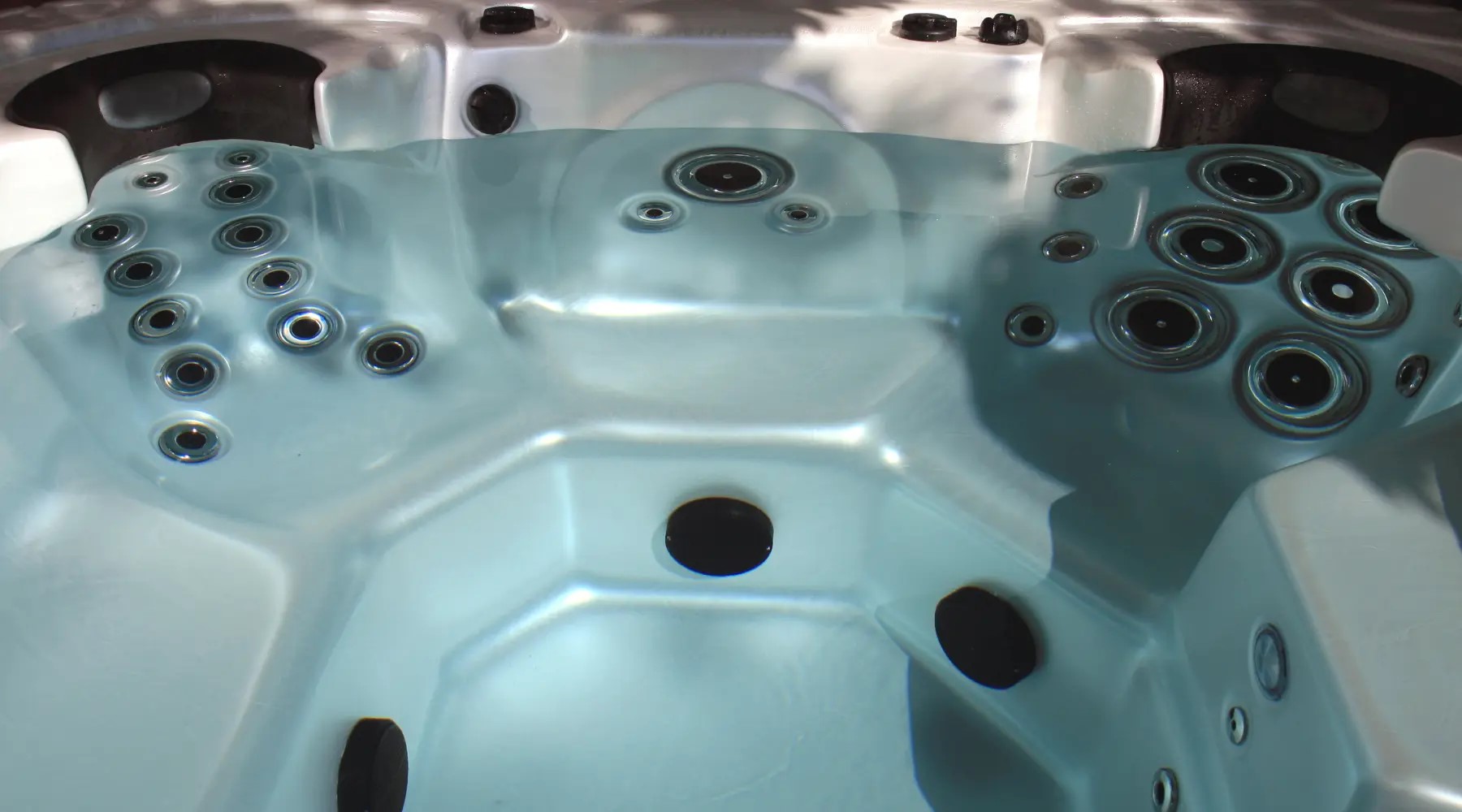
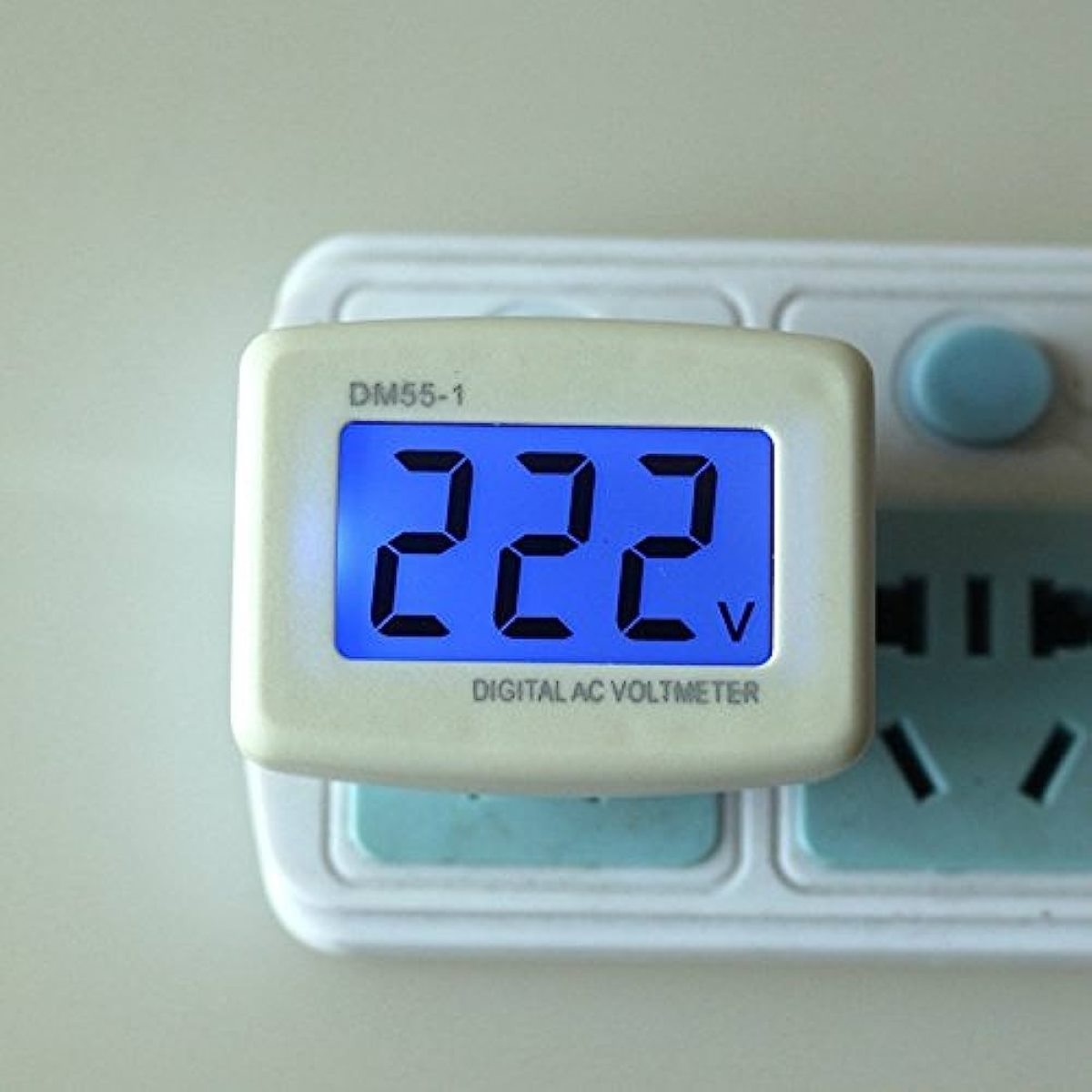
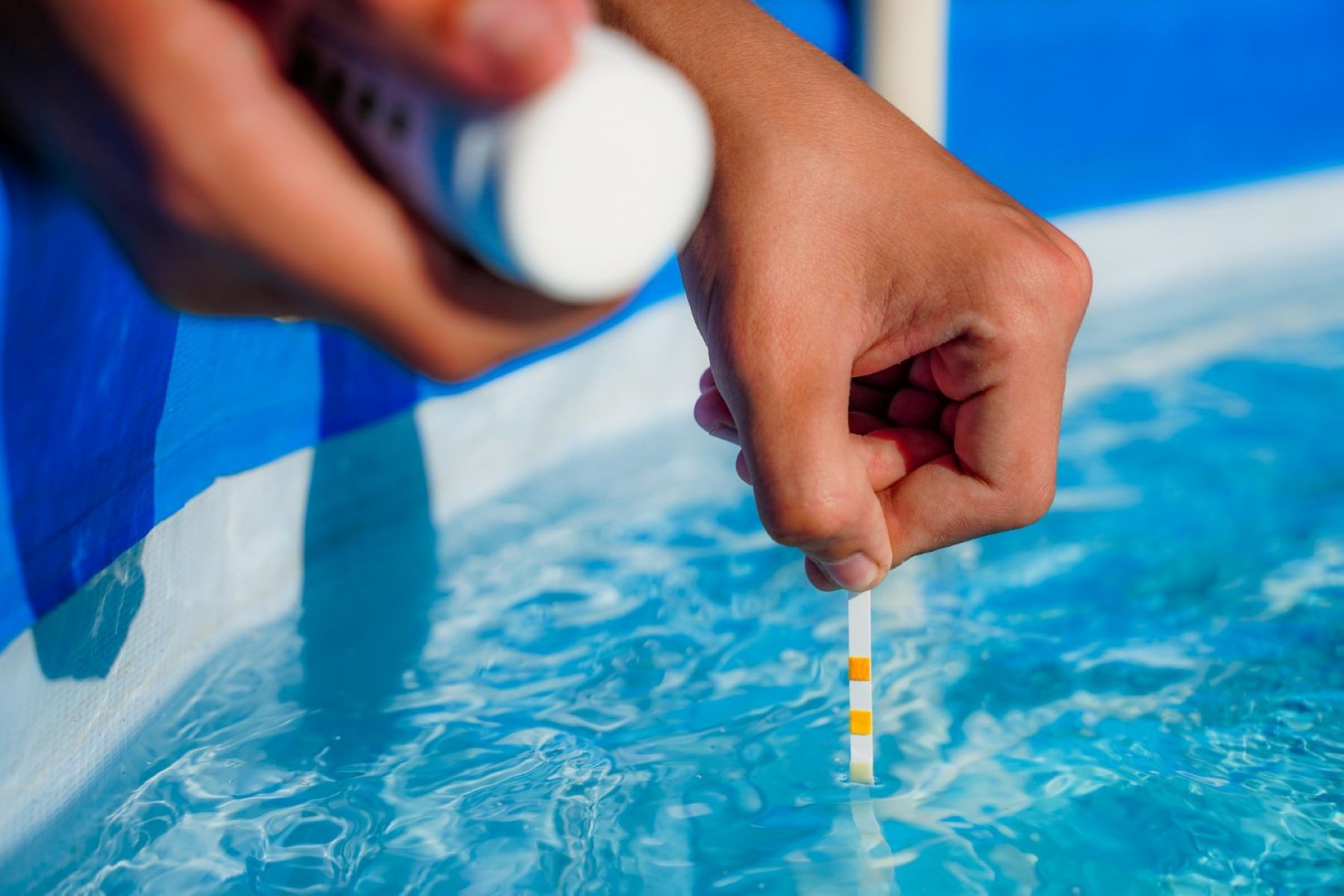
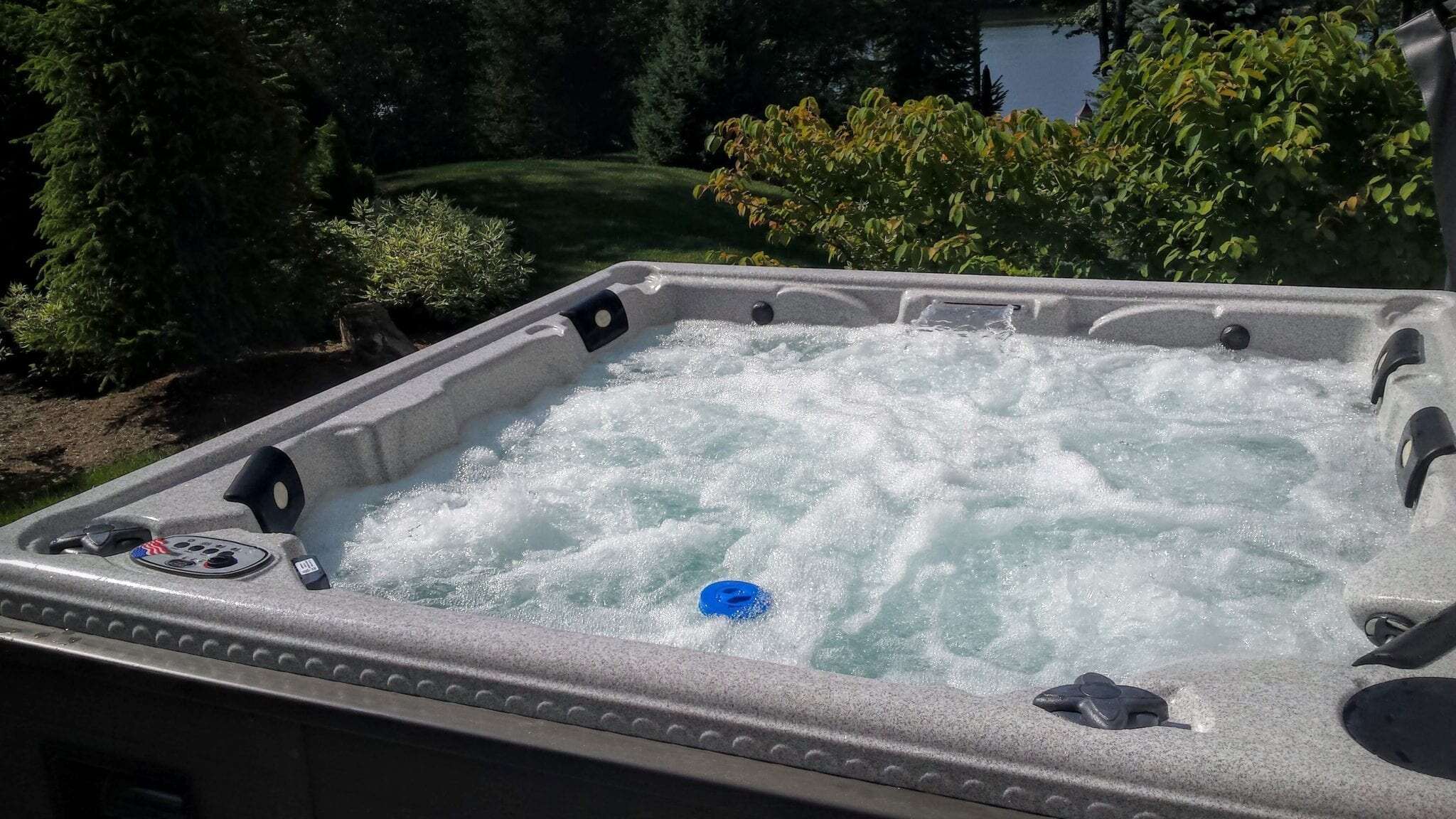
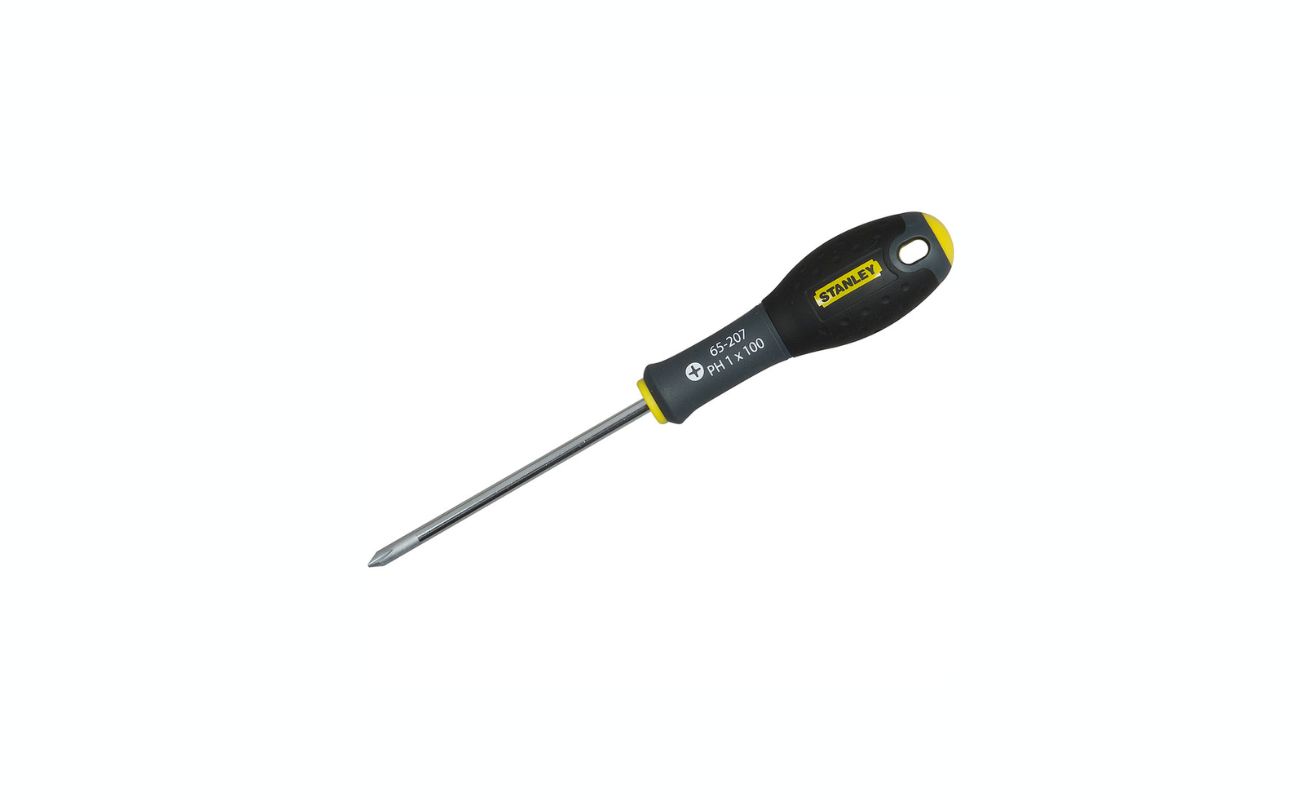
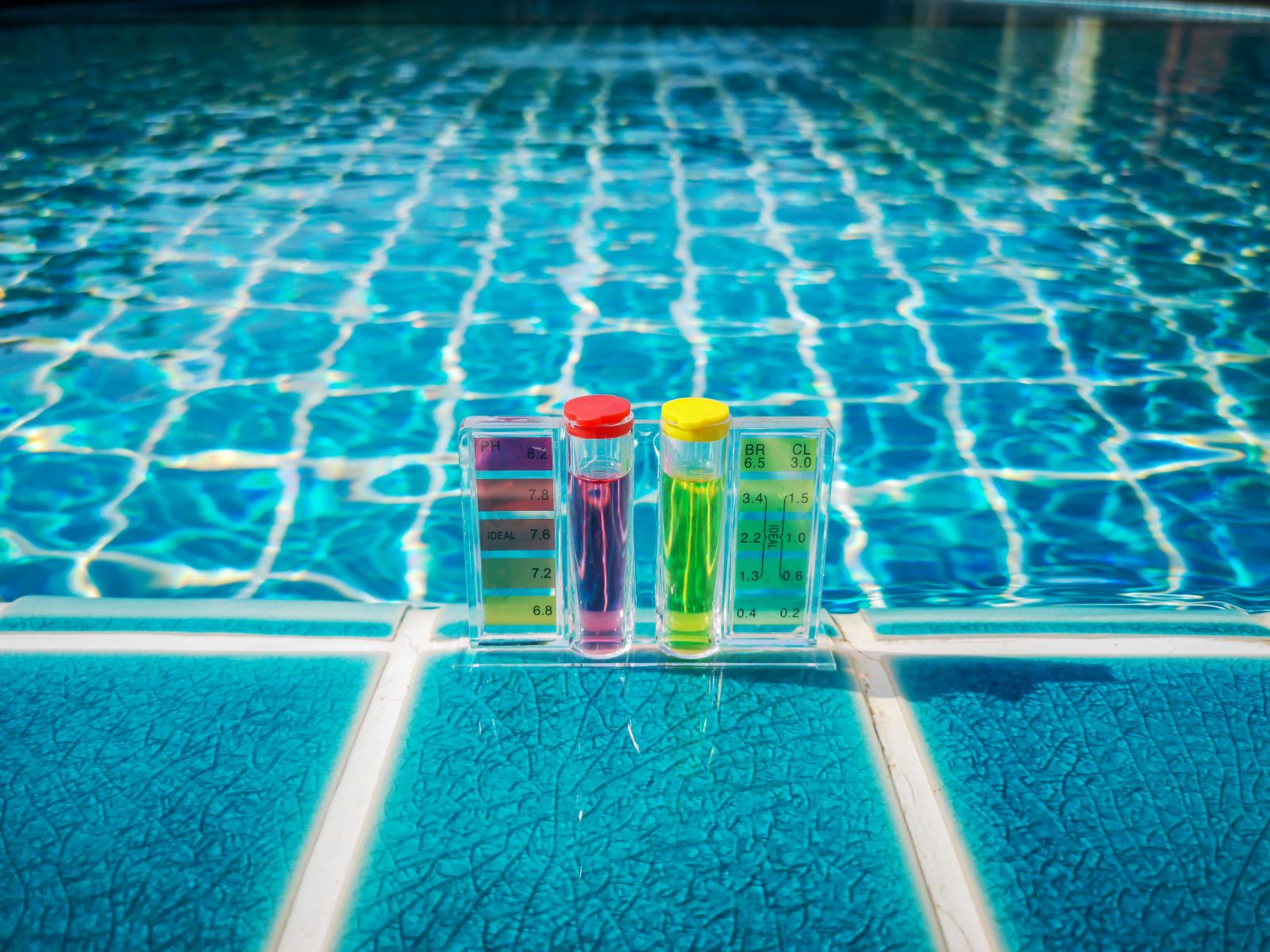
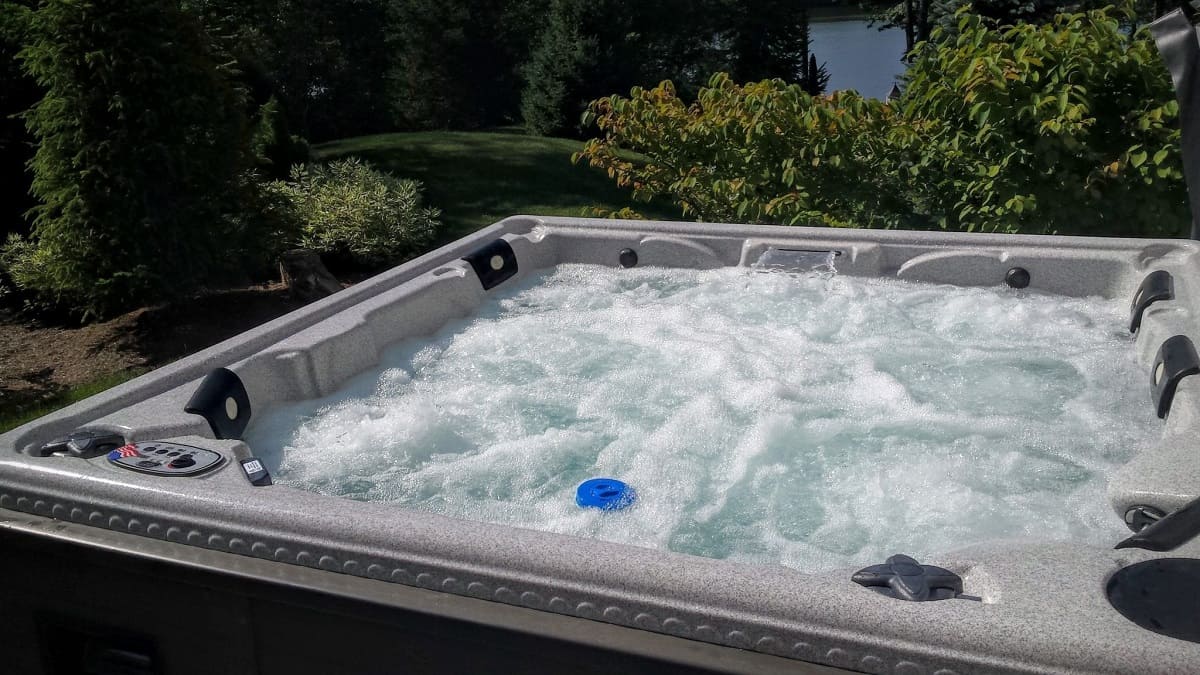
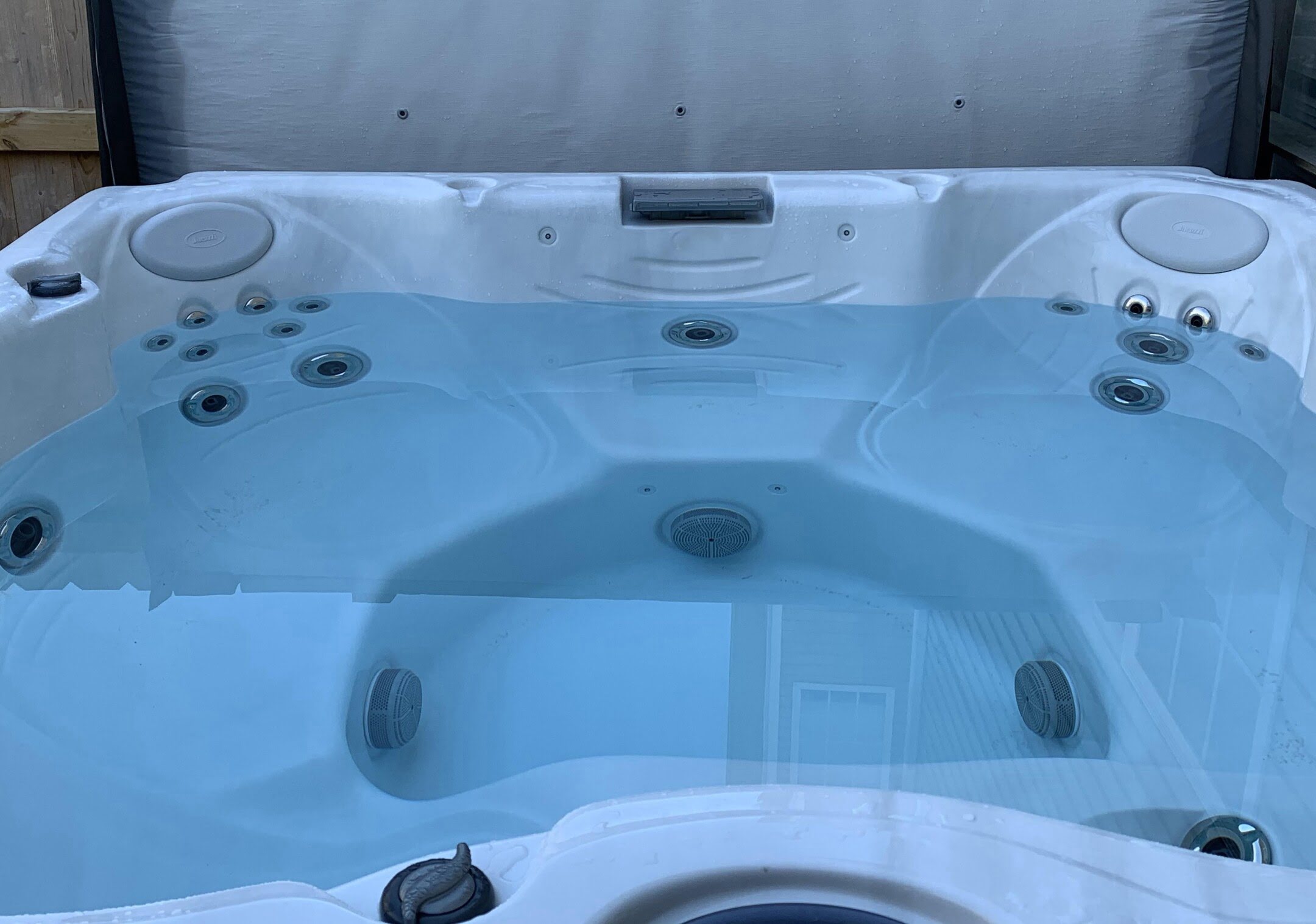

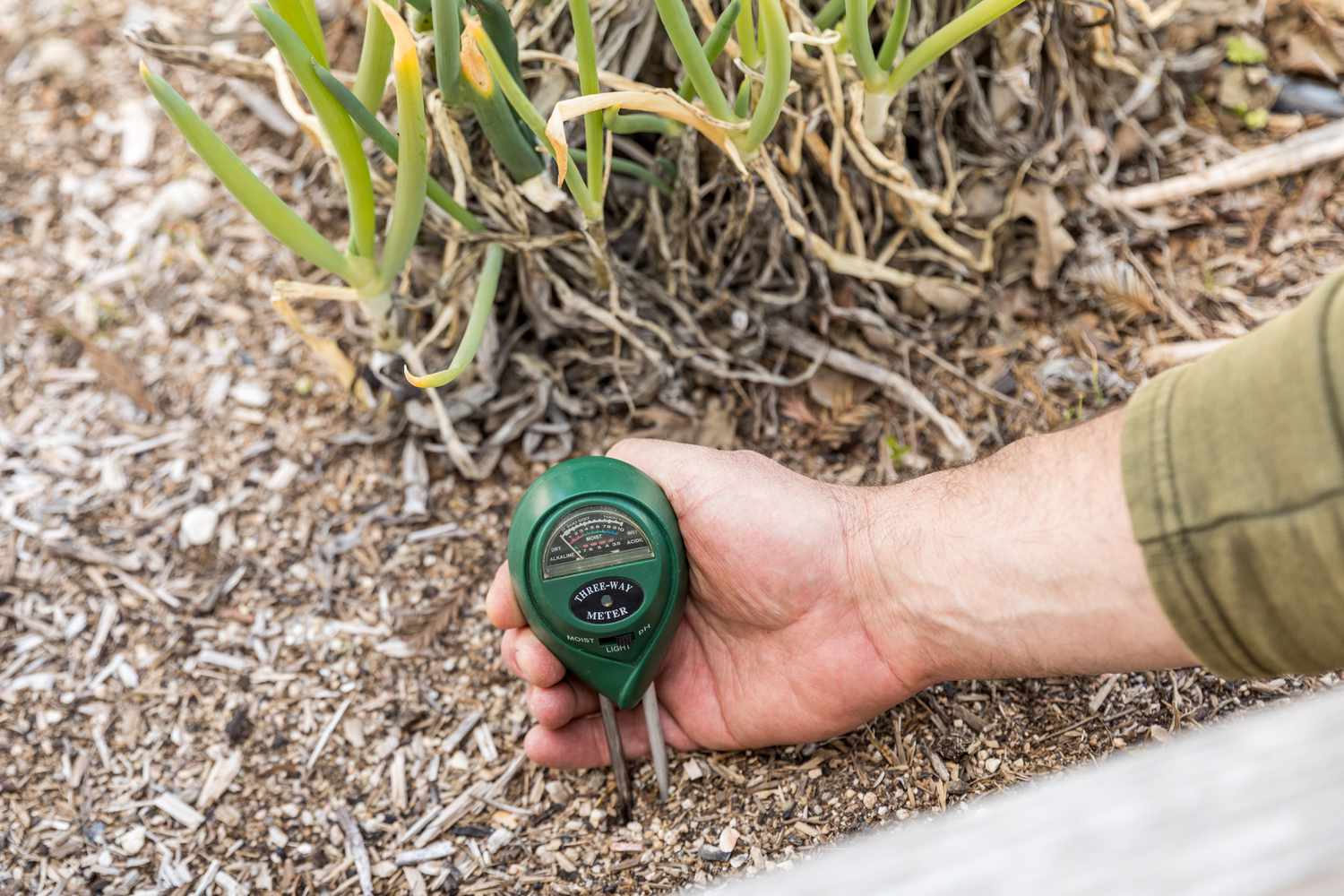

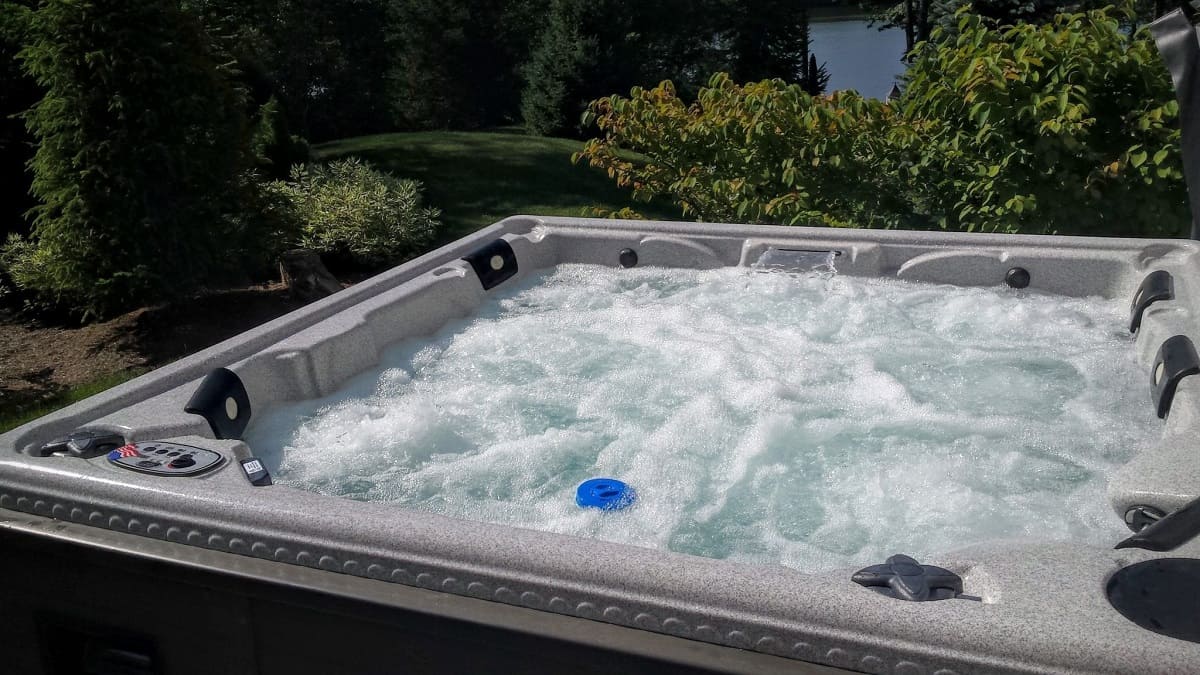
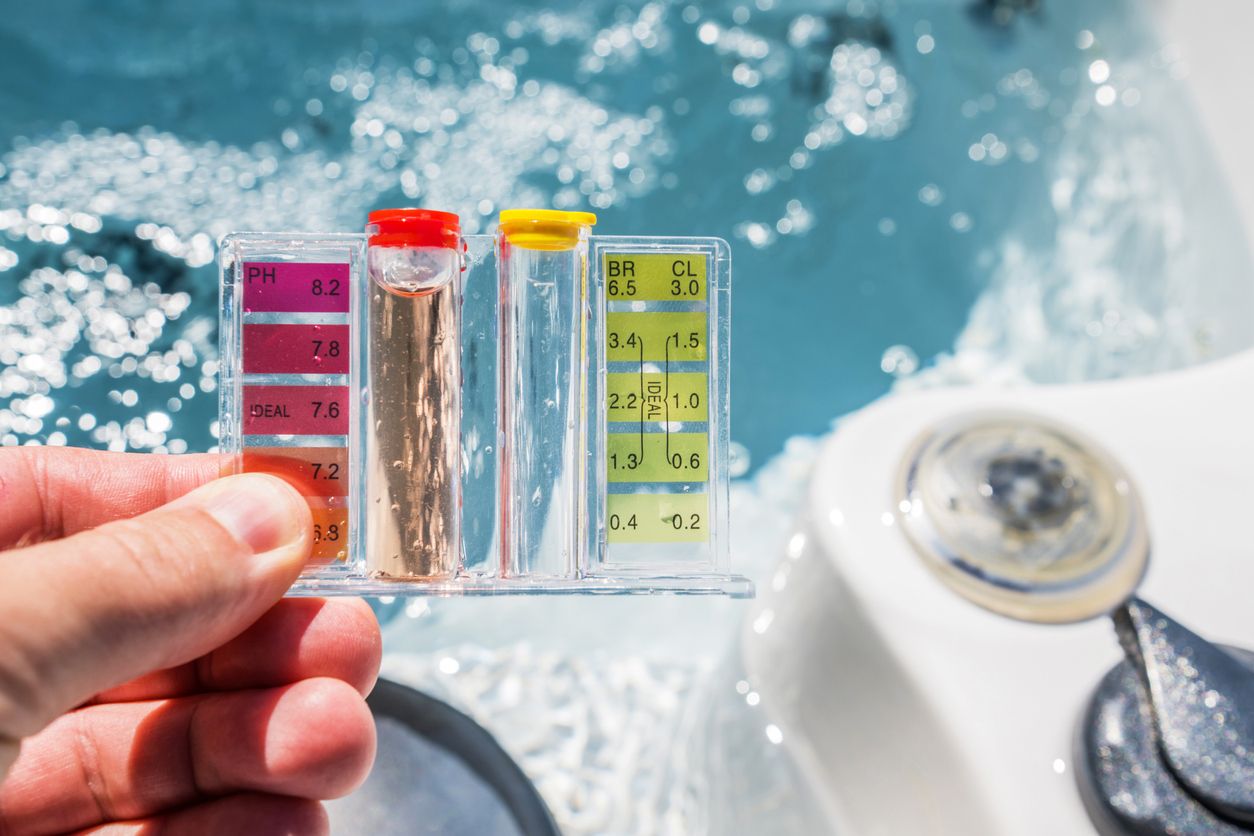


0 thoughts on “How To Store Ph Meter”